Marc El Beyrouthy and Maya Nehme take us around seven registered nature reserves in Lebanon to learn more about their ecosystems.
 Horsh Ehden
Horsh Ehden
Situated on the upper northwestern slopes of Mount Lebanon ranging in altitude from 1,200m to 2,000m, Horsh Ehden forest is a unique area of conifers, deciduous and evergreen broadleaf trees that create an isolated phyto-climatic environment with a highly varied topography. Encompassing over 450ha of land, the forest extends over three bio-geographic zones and is home to 39 species of trees.
The reserve is the only protected area in Lebanon containing the last remaining forest community of wild apple, the genetic ancestor of apple trees. The forest is also home to 69 breeding bird species, almost 18 percent of the breeding species of Lebanon.
- READ MORE: 4 Nature Reserves To Visit in Mount Lebanon
 Tannourine
Tannourine
Covering 12 square kilometers, Tannourine Nature Reserve is situated in a spectacular area where it contains one of the largest and densest cedar forests in Lebanon. The area is rocky and mountainous with sharp slopes and a deep valley where cedars defy gravity and grow on extremely steep slopes.
Visitors can discover naturally occurring grottos on their hike as well as rare flowers indigenous to this high altitude terrain, like the mountain tulip or Lebanese prickly thrift. Besides its 70,000 ancient trees, the reserve is known for its bird species and wild animals, such as eagles, owls, robins, hyenas, boars, squirrels, snakes and bats.
- READ MORE: Mini Guide to Tannourine
 Yammouneh
Yammouneh
Emperor Adrian declared Yammouneh a scientific nature reserve in 184 A.D. to protect its juniper trees. It was classified as a nature reserve in 1998. Located in the northern arid area of Bekaa, Yammouneh is a green haven with ponds and old juniper trees. The reserve is the habitat of more than 92 rare plant species, 365 medicinal plants and 14 varieties of conifers.
Local guides have been hiking the newly cleared trails in Yammouneh’s reserve, providing visitors with a glimpse of the region’s history as well as the biodiversity of the reserve itself. Next to the reserve, the Yammouneh Cultural Center has been active in environmental education and awareness.
- READ MORE: 5 Places in West Bekaa Worth Checking Out
 Bentael
Bentael
Located northeast of Byblos, Bentael Nature Reserve is just under two square kilometers, making it one of the smallest nature reserves in Lebanon. The reserve is situated on the flight path of migratory hawks, eagles and other raptors, and is enjoyed by bird enthusiasts.
Visitors can access the reserve via one of two entrances: one near the village of Mechehlene and the other in the upper region of Bentael. With a newly equipped kids’ playground as well as an insect museum and fire tools museum, Bentael is a great destination for families.
 Chnaniir
Chnaniir
The Chnaniir Nature Reserve is located in Keserwan on a hill overlooking the bay of Jounieh. Nestled at an altitude of 650m to 850m, the forest peaks in Hriq where one can enjoy a 360-degree panoramic view of the sea and the mountains.
Rich in wild pines, oaks and strawberry trees, Chnaniir was declared a nature reserve in 2010 and, ever since, numerous initiatives have taken place to preserve the habitat while encouraging visitors to the area, including the introduction of three hiking trails of varying difficulty.
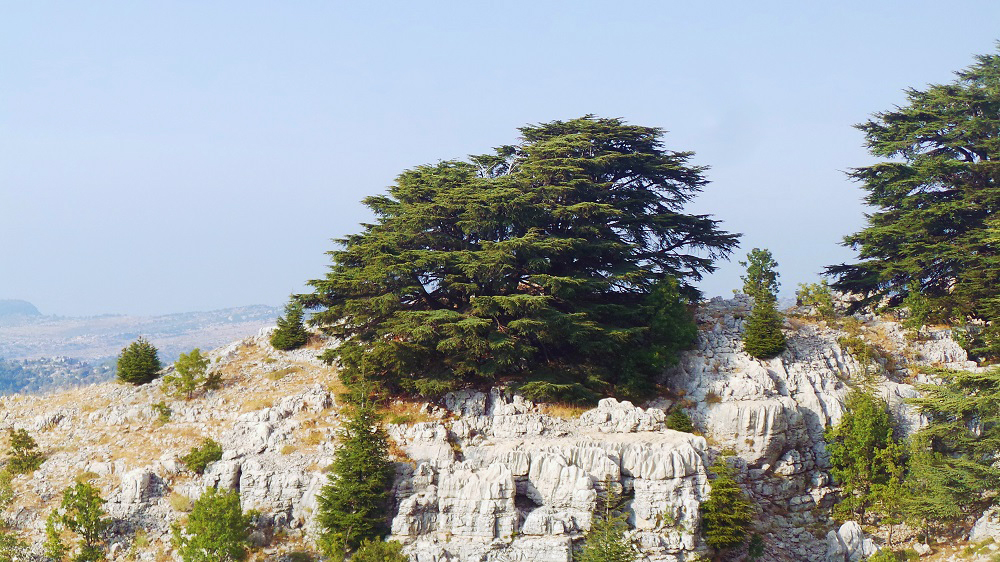
Photo – lebanonuntravelled.com
Jaj
Jaj Cedar Reserve is a unique representation of Lebanon’s mountainous landscape. It is located at an altitude of 1,500m and covers 200ha of land. Around the small cluster of large cedars that remain in the reserve are thousands of cedar seedlings.
You can reach the reserve from the Amchit highway by driving 20 minutes straight up to Jaj through Lehfed. The old church in the town square of Jaj has cedar trees growing out of its walls.
 Al Shouf
Al Shouf
Encompassing the three cedars forests of Maaser Shouf, Barouk and Ain Zhalta/ Bmohray, Al Shouf Cedar Nature Reserve is located on the western slopes of the Mount Lebanon chain and runs from Dahr al Baidar in the north to Niha Mountain near Jezzine in the south.
Covering nearly two percent of Lebanese territory, it is the largest nature reserve in Lebanon and is considered as an important area for the conservation of large mammals, such as the wolf and the caracal lynx, and eventually an adapted site for the reintroduction of almost extinct species, including the mountain gazelle and the Nubian ibex.
Loading

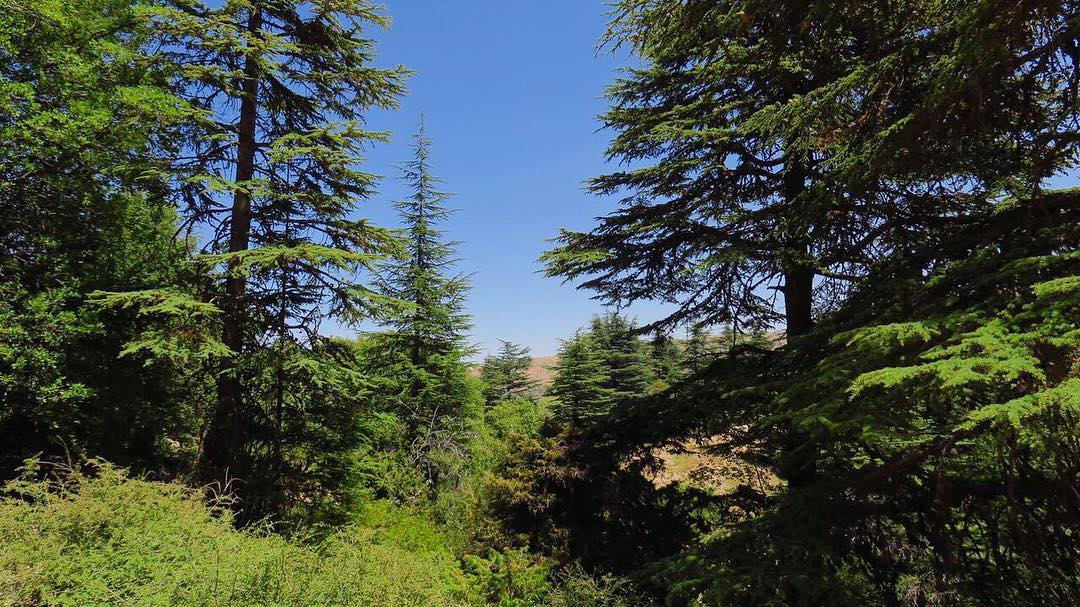 Horsh Ehden
Horsh Ehden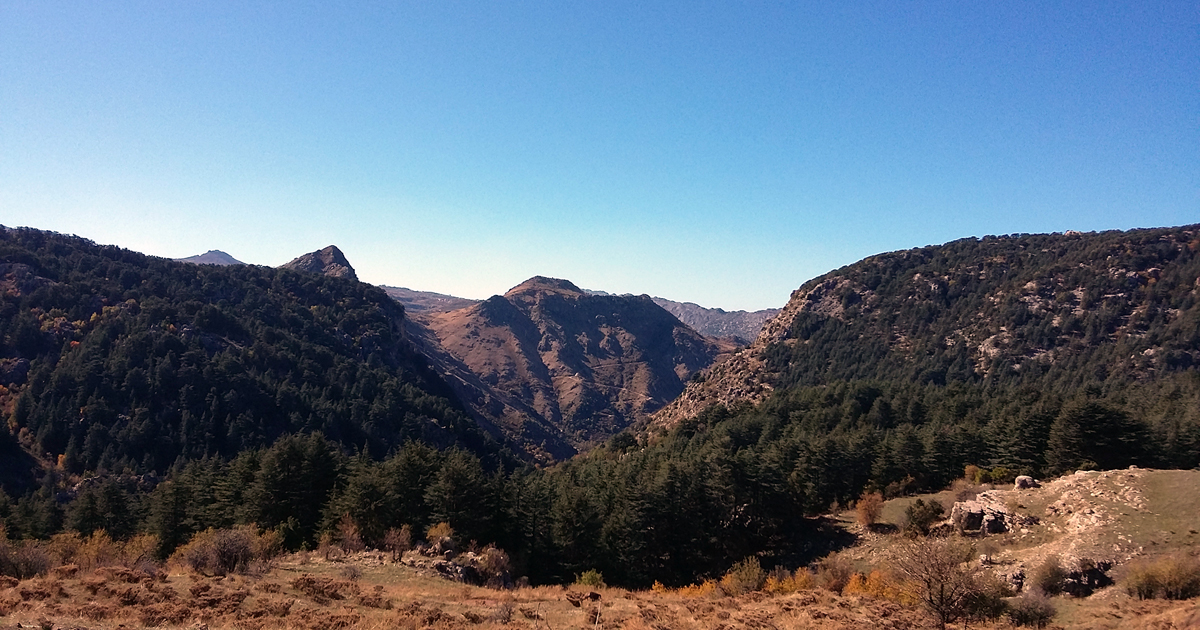 Tannourine
Tannourine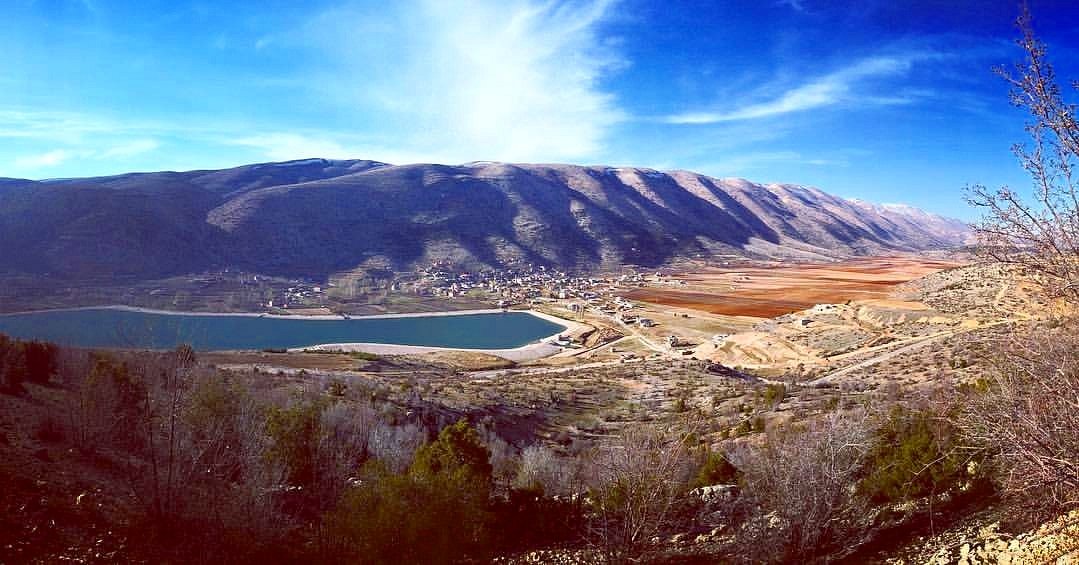 Yammouneh
Yammouneh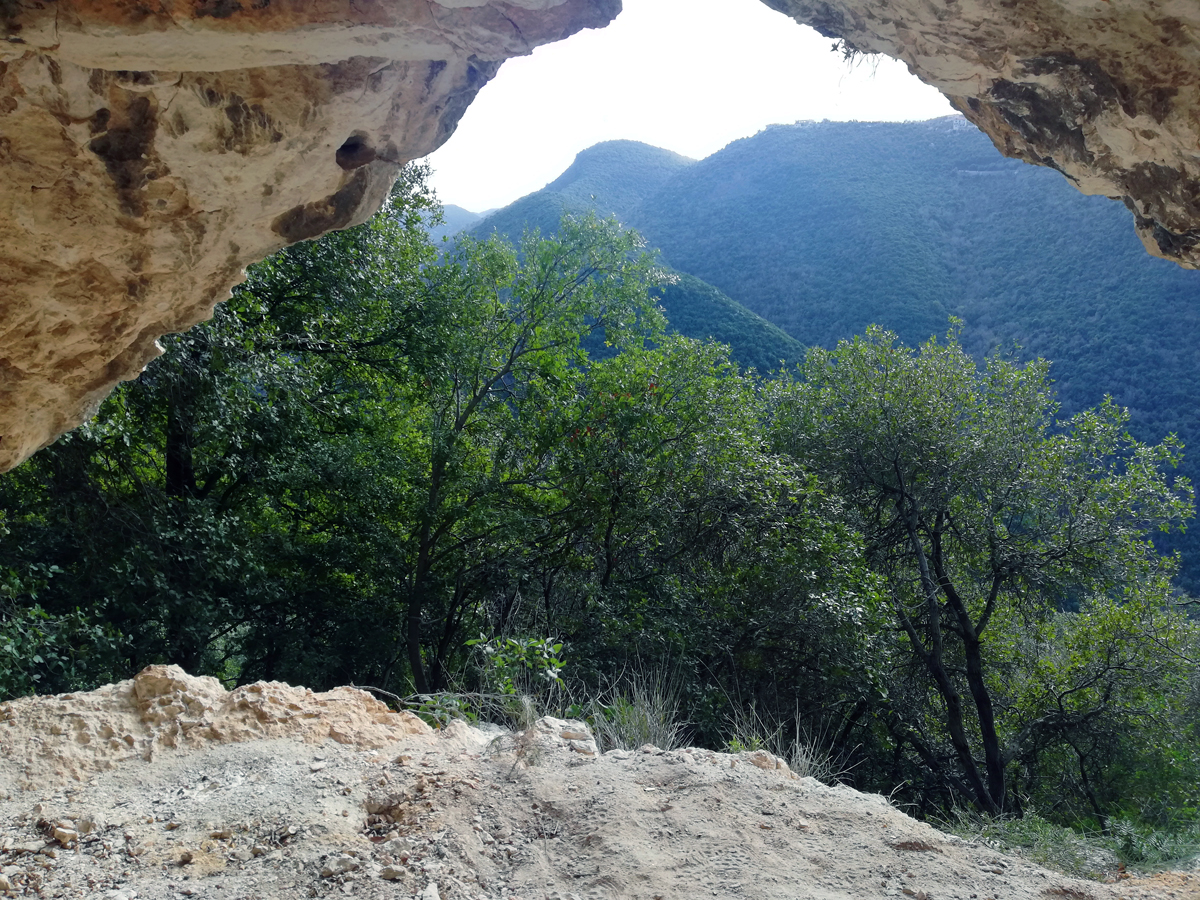 Bentael
Bentael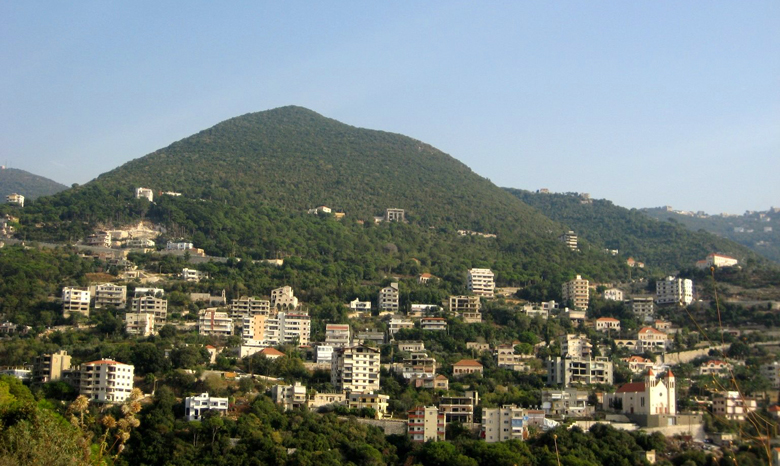 Chnaniir
Chnaniir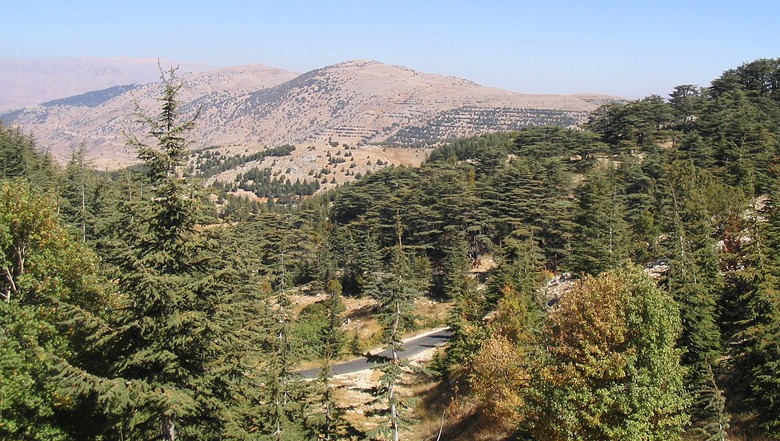 Al Shouf
Al Shouf